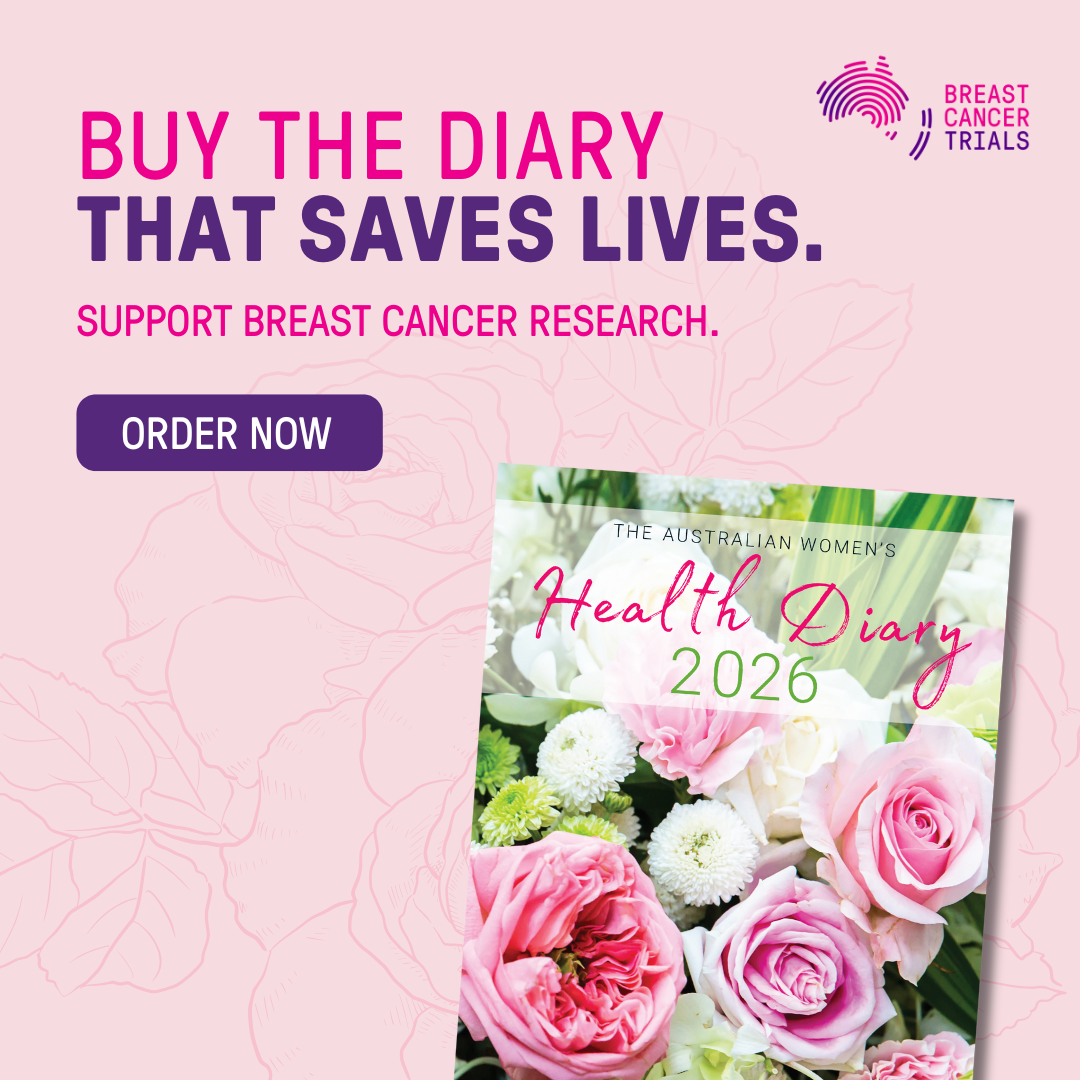Considering the fact that women often end up worse off than men when it comes to medical diagnosis, treatment, and post-surgery outcomes, it’s no surprise that when it comes to the wellbeing of your heart, whether your cardiologist is a man or a woman can really affect your outcomes.
For women, having a female cardiologist might improve your heart health, according to a recent study.
The study, published in the Journal of The American College of Cardiology, analysed a range of studies from recent years to find that cardiac patients treated by a cardiologist of the same sex resulted in better long term with less future visits to the hospital and fewer complications — especially for women.
One of the most obvious factors is that women really do “get” other women better than men do.
“Women may be able to understand the subtle cues that (a female patient) may give,” the study’s lead author, Dr. Malissa Wood, told Healthline. “Men often do not.”
Wood, who is the co-director of the Corrigan Women’s Heart Health Program at Massachusetts General Hospital, said she believes her life experiences inform her when she is treating female patients.
“I understand the burden of a young mum,” the mother of four said. “That encounter may take a lot of patience. To get through a long story to get to the nugget of what is going on to cause the heart issue takes time.”
While Wood acknowledges the importance of shared experiences between individuals of a certain gender, she also believes that empathy and reading subtle cues can be taught in medical schools.
“We need to improve (medical school) education on sex and gender for both men and women,” she said. “The heart of the female is different than the heart of the male and in so many ways.”
A specialist from The Kroll Medical Group in New Jersey told Healthline that he has seen the impact medical training can have with patients.
“I have seen many female patients who present to the doctor with significant cardiovascular risk but go undetected by cardiologists or their complaints written off as ‘non-cardiac’ in nature,” Dr. Spencer Kroll said.
“It has often been my role to direct the patient to a different cardiologist who might be better suited for them. I have seen many male doctors provide superlative treatment of female patients.” Kroll believes one concrete solution is to have more female cardiologists.
According to Wood, women make up just 12 percent of medical students pursuing cardiology as their specialty. Which means fewer female cardiologists for all the women out there experiencing heart issues.
Wood believes exposing girls to the concept of becoming a specialist like a cardiologist at a younger age may encourage more young women into the speciality.
“We need to begin in sixth grade or sooner and show girls how rewarding this can be, and that they can be anything they want to be,” she said.
What else might help?
Wood says changing the way training is set out is key. For instance, allowing for more flexible working and training schedules.
“We are beginning to make our training more amenable to men and women, not just women,” she said. “When you look at the years it takes to finish medical school and training, adding 3 to 4 more years for cardiology can push a student into their mid-30s.”
Inviting more flexibility and normalising a better work-life balance would benefit all, not just women.
“It would be a huge gift, since it will make for a better doctor, and that makes for better treatment,” she said.
The long-term goal should be for both men and women to be able to treat either gender with understanding. insight, and compassion.
“Thinking about the individual patient and not just the disease is key,” Wood said. “With more training, more flexibility in training, and more focus on this, we can get there.”
“It is reasonable that we see an increase in physicians focusing and limiting their clinical practice to address the gender differences in cardiology care,” Kroll added. “This may lead to a substantial improvement in medical care and the elimination of the observed gender differences in treatment.”


